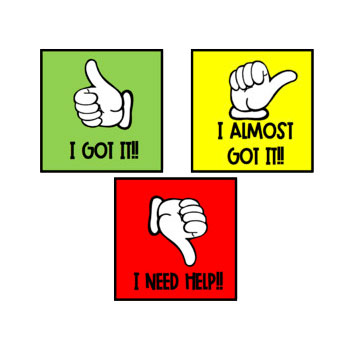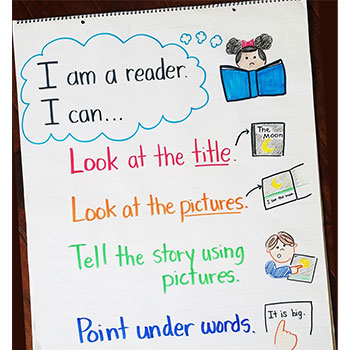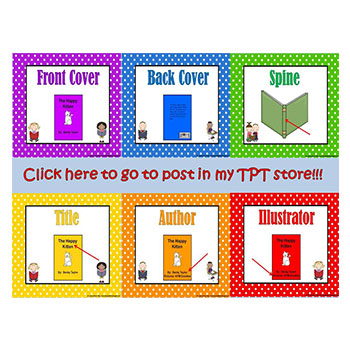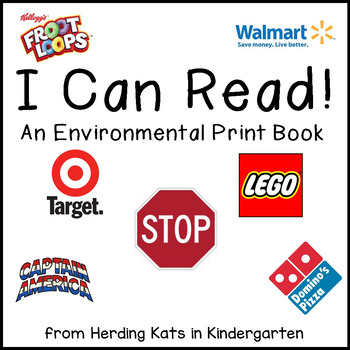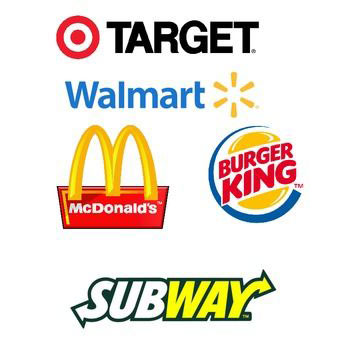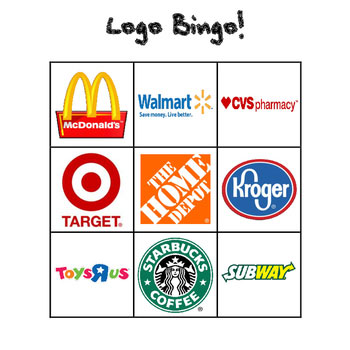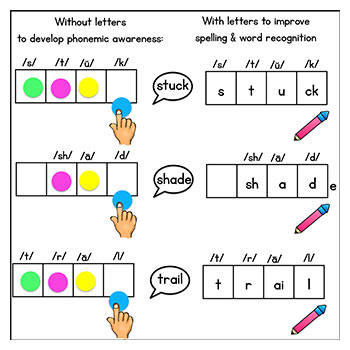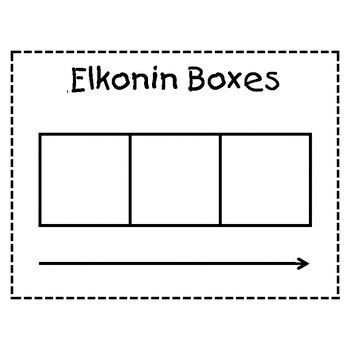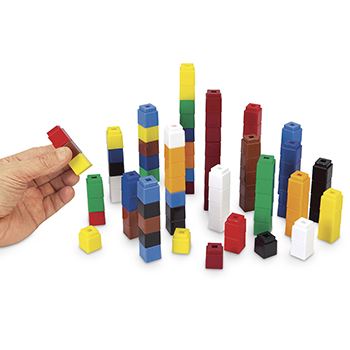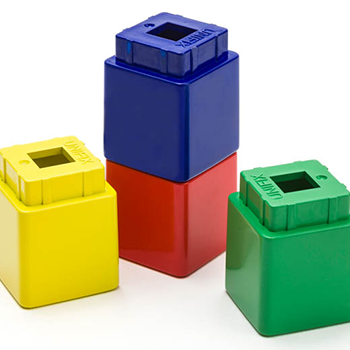Literacy Strategies
Literacy Strategies, Page 1
Select a strategy below
Give One Get One
Description: An activity that helps answering a questions with the help of others in the class. This strategy was performed online in Zoom as "breakout rooms"- students were given a question and the students went into breakout rooms to arrive to an answer and share with the entire whole class.
Purpose: A great activity to allow students to collaborate and develop an answer to the questions (can be use for prior-knowledge activation or a review)
Thumbs Up
Description: An activity which a student uses their thumb to indicate if they understand, do not understand (or off to the side if they kinda know).
Purpose: To know what the student understands on a certain topic (i.e., prior knowledge, checking for understanding)
Padlet
Description: A padlet is a web application which allows for anyone to asynchronously or synchronously interact/post and share ideas.
Purpose: This strategy has multi-use functions. It can be used for prior-knowledge activation, guided practice or provide students with an ability to review. It also has the function of organizing information for lesson modules/delivery of instructional assets.
Concepts About Print
Description: An activity which explores print we see in everyday in life. The student is presented with an array of labels, prints, logos etc found in real-life and they sort the print to their alphabet letter.
Purpose: This helps students to develop concepts of print and recognize letter names
Interest Inventories
Description: Either a graphic organizer or a strategy which provides students with an opportunity to voice their likes, dislikes and suggestions for many school functions or concepts.
Purpose: Interest surveys can give students an additional element to reading motivation and to determine what reading goals they may want to reach, and allows access into the student's comfort level and reading interests
Environmental Print Activity
Description: An activity which explores print we see in everyday in life. The student is presented with an array of labels, prints, logos etc found in real-life and they sort the print to their alphabet letter.
Purpose: This helps students to develop concepts of print and recognize letter names
Predictable Books
Description: Predictable books are designed so that the reader can predict what is about to happen/make a prediction. Many predictable books repeat words, phrases, or sentences throughout the text. There are 4 key patterns: Repetition, Cumulative sequence, Rhyme and Rhythm, and Sequential Patterns (familiar sequence: days of the week)
Purpose: Helps with student comprehension and decoding sight words. I would use this to enhance reading fluency and comprehension.
Morning Message
Description: An activity which explores print we see in everyday in life. The student is presented with an array of labels, prints, logos etc found in real-life and they sort the print to their alphabet letter.
Purpose: This helps students to develop concepts of print and recognize letter names
Elkonin Boxes
Description: A strategy that can build phonological awareness skills by segmenting words into individual sounds, or phonemes.
Purpose: I would use this strategy for teaching children individual letter sounds (with no print).
Unifix Cubes
Description: Unifix cubes are colorful interlocking cubes that students can use to count with.
Purpose: I would use this to help students to visually distinguish individual letter sounds, and can be used in conjunction with Elkonin Boxes.
